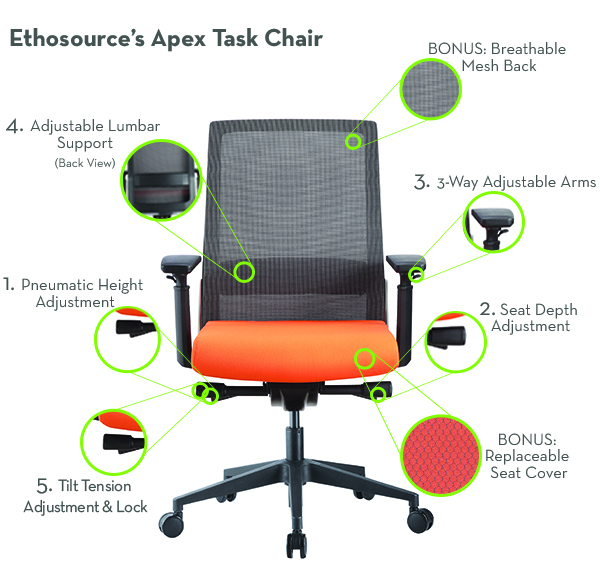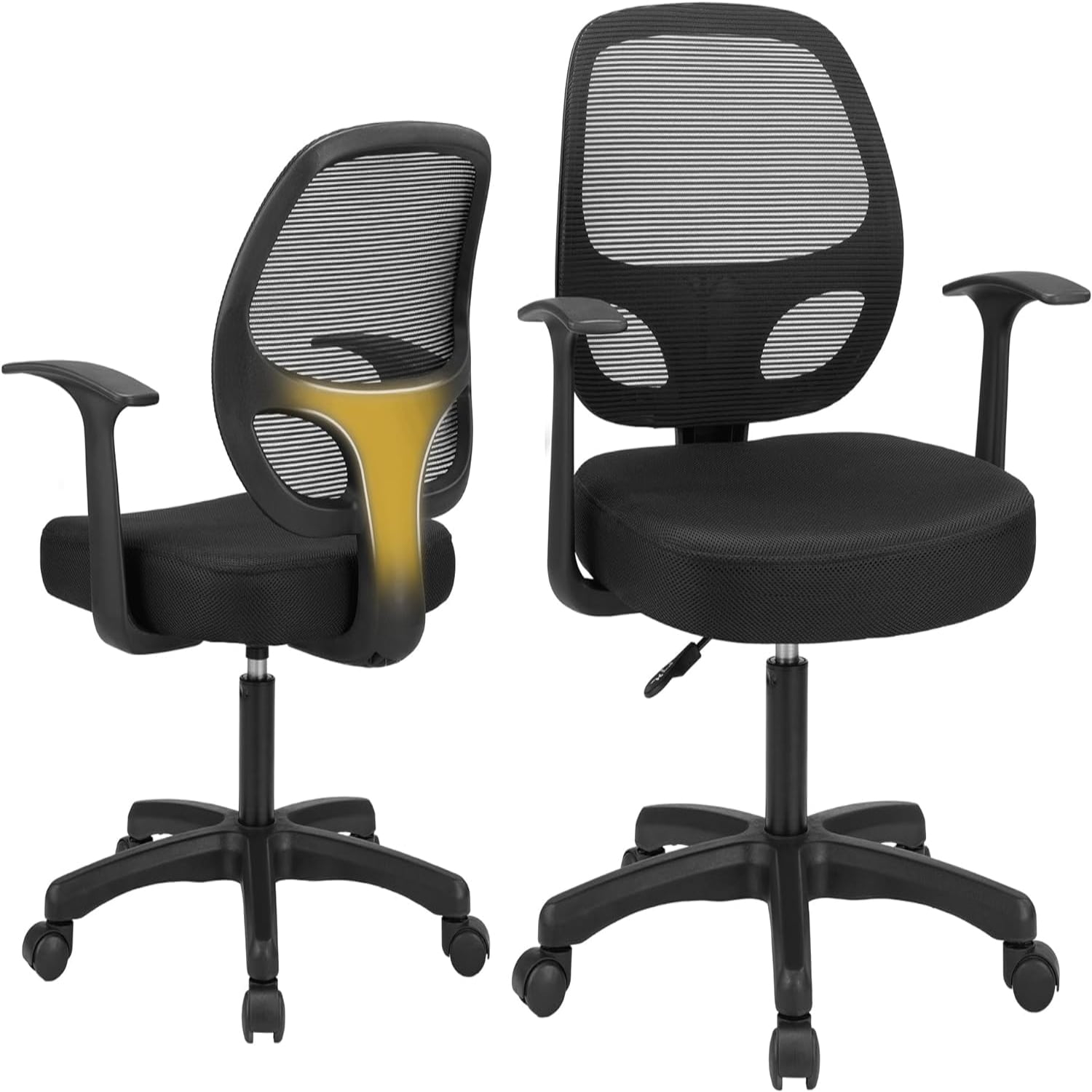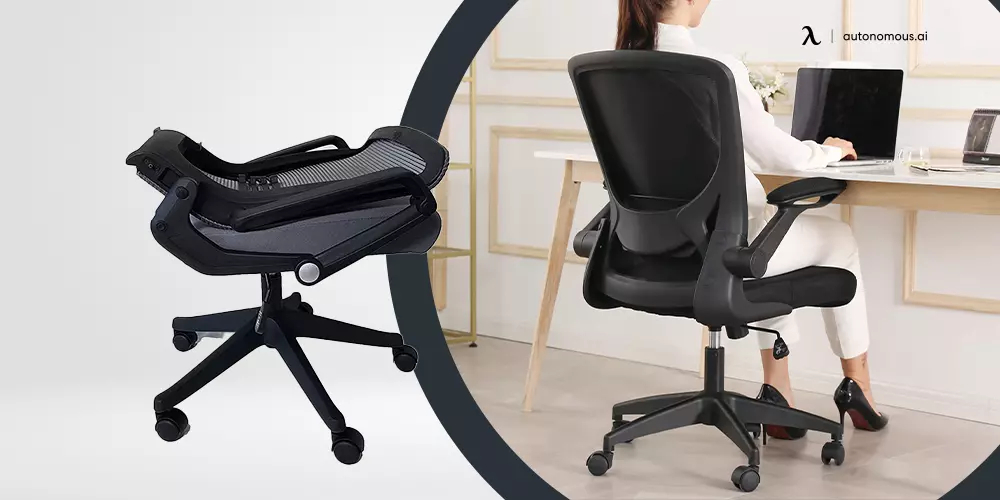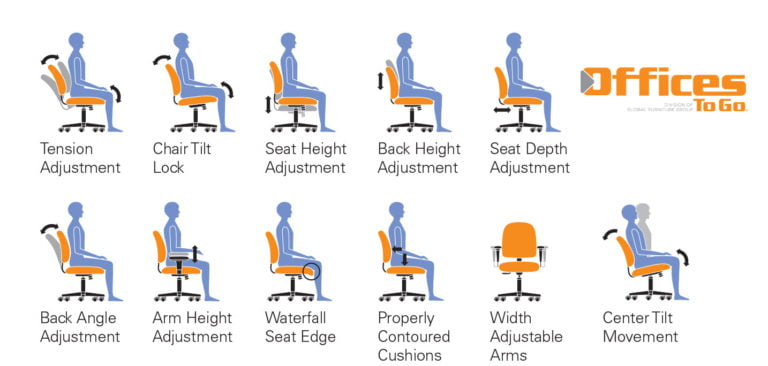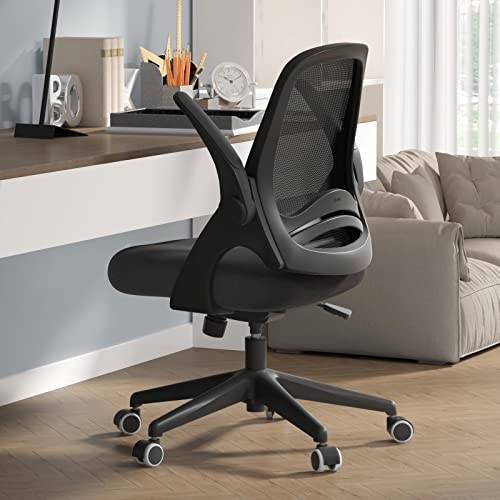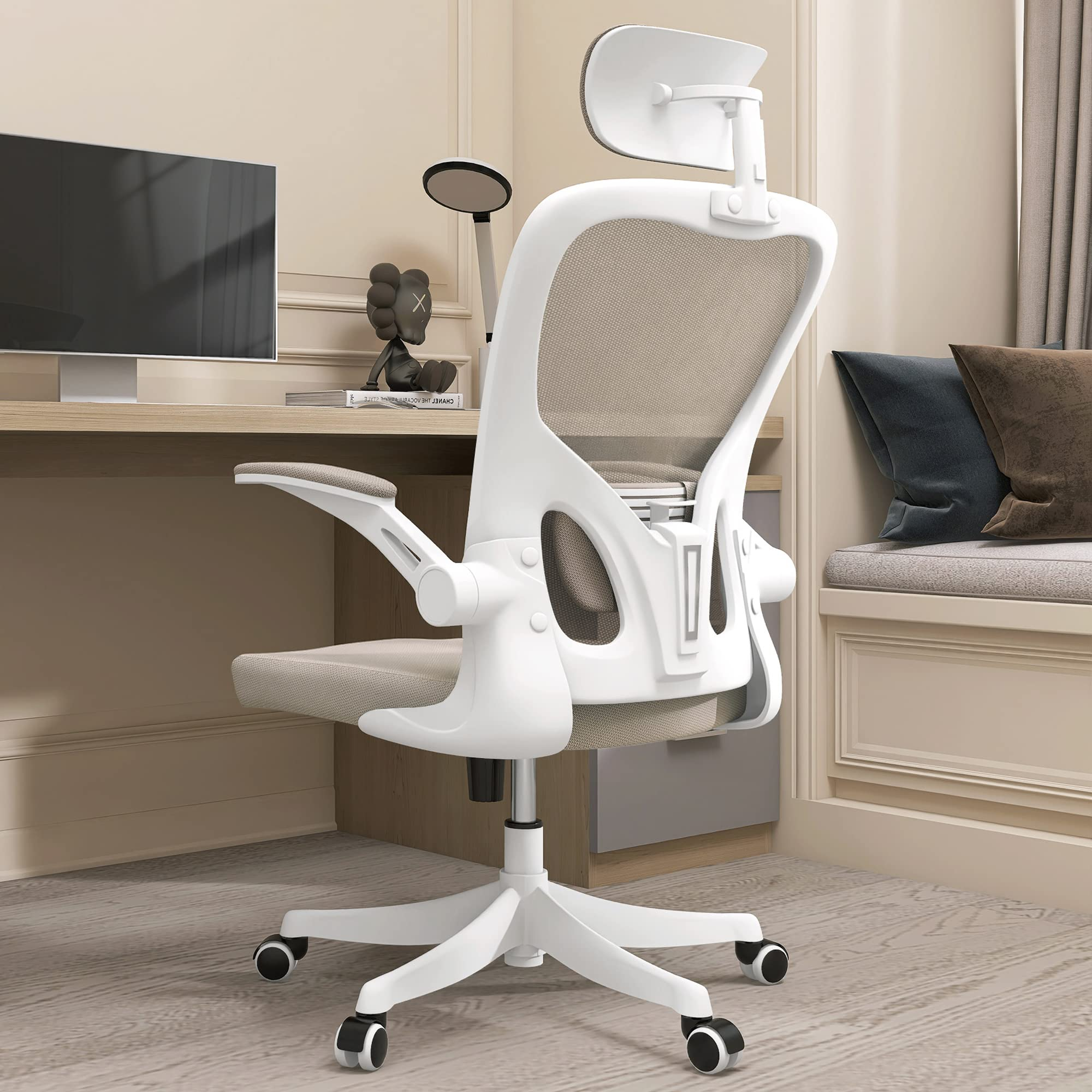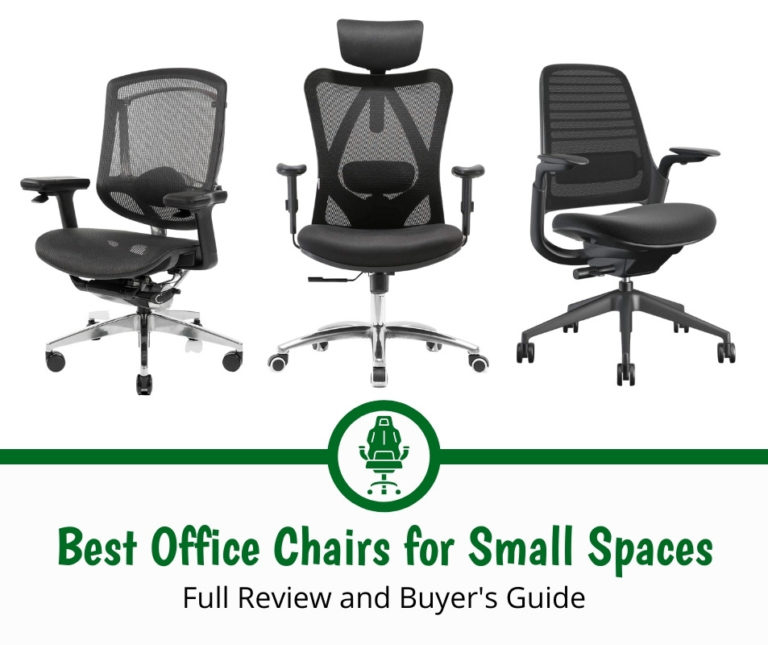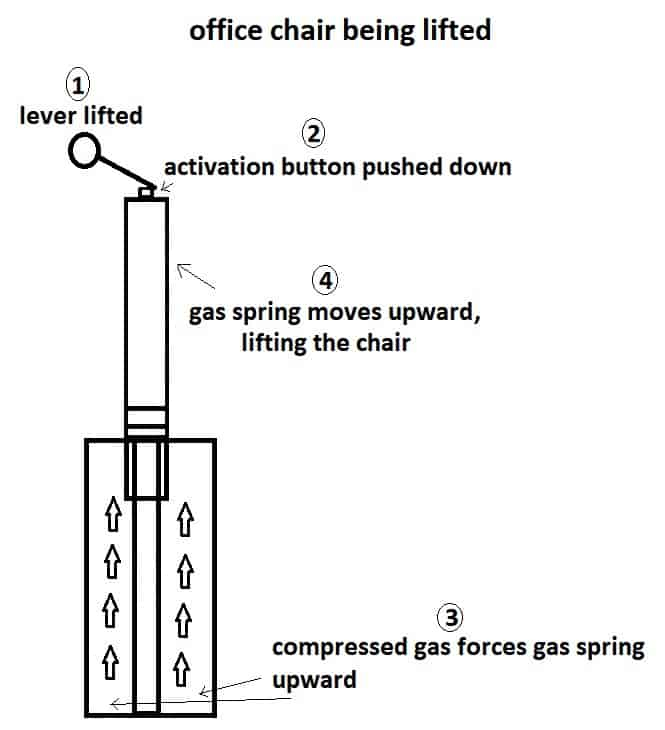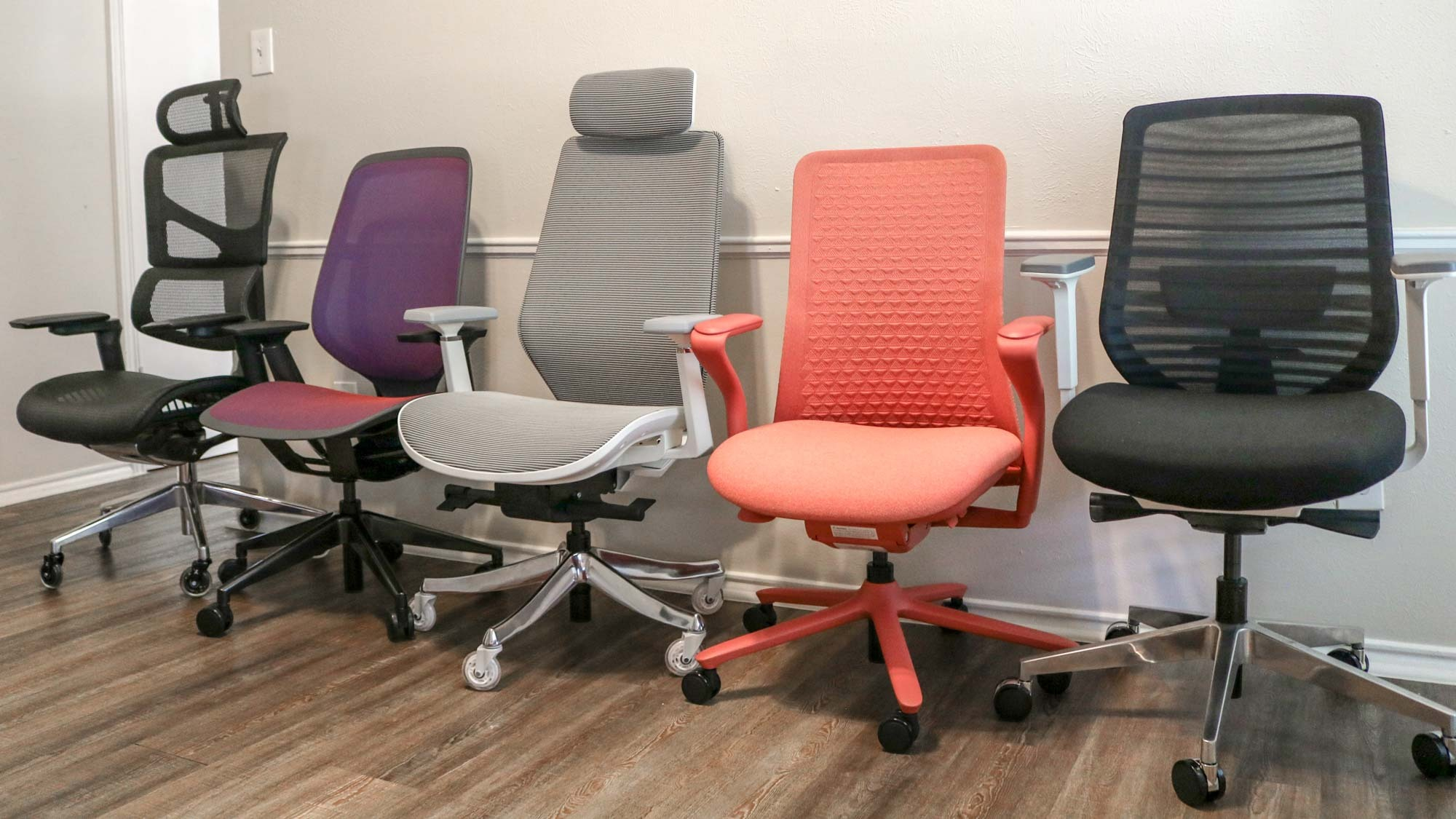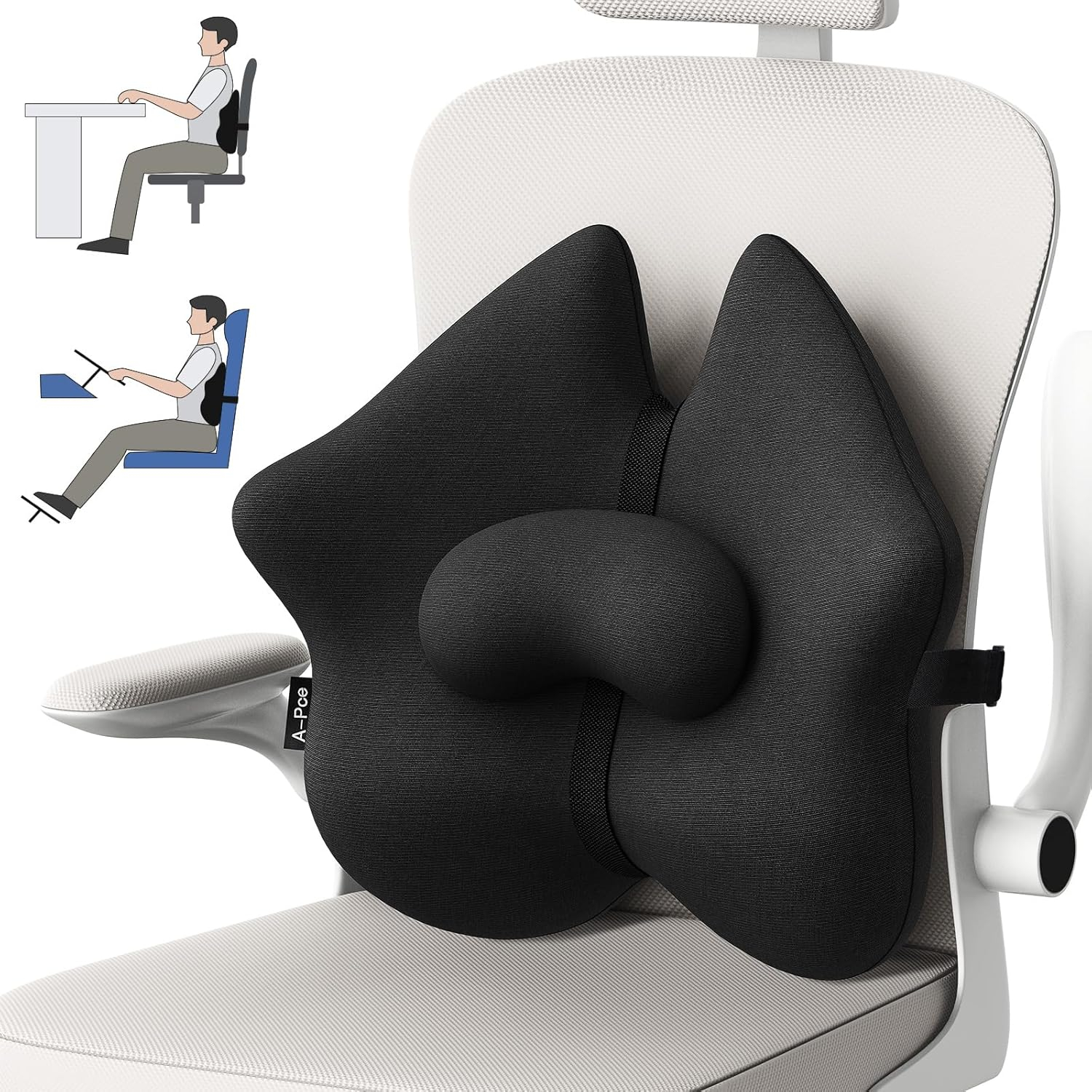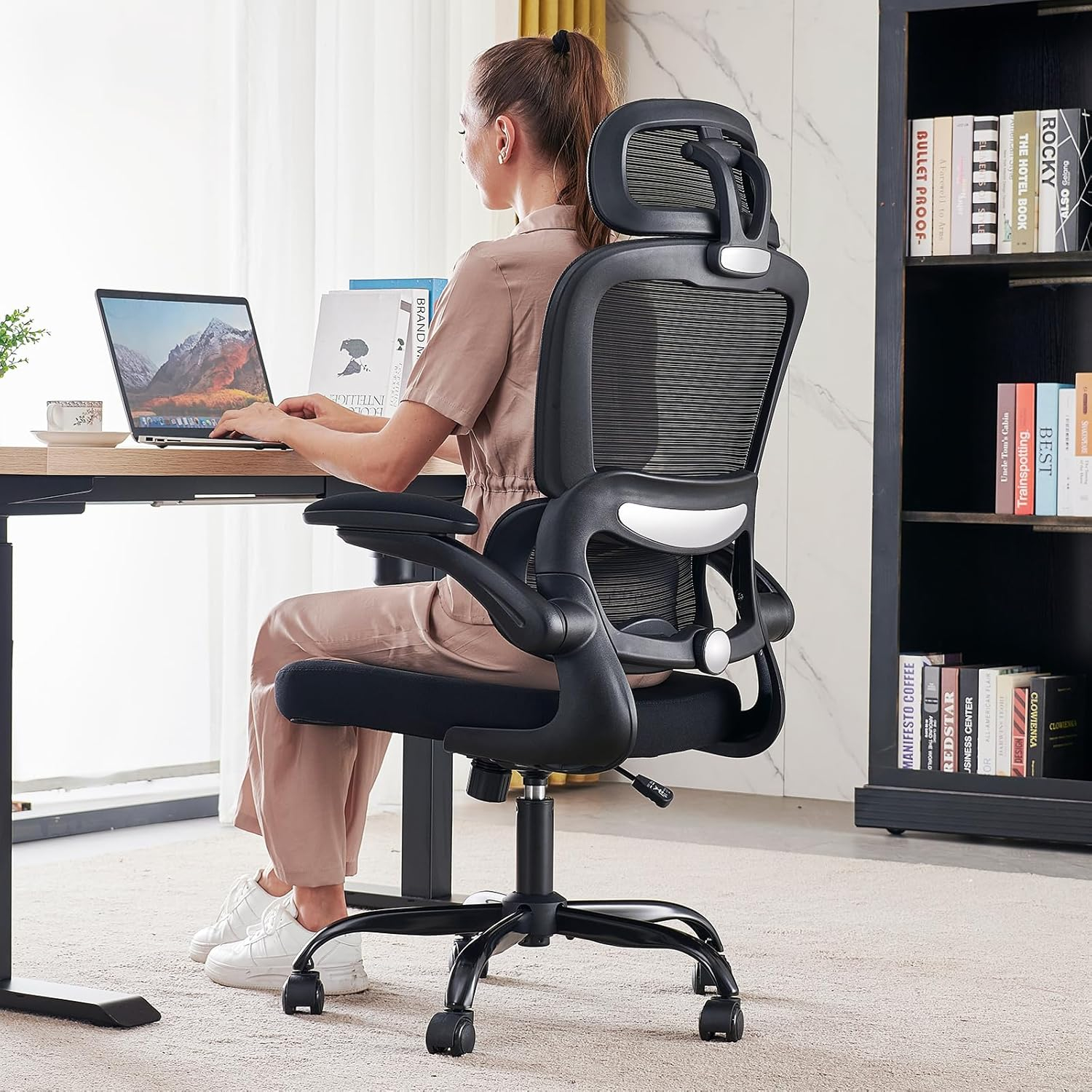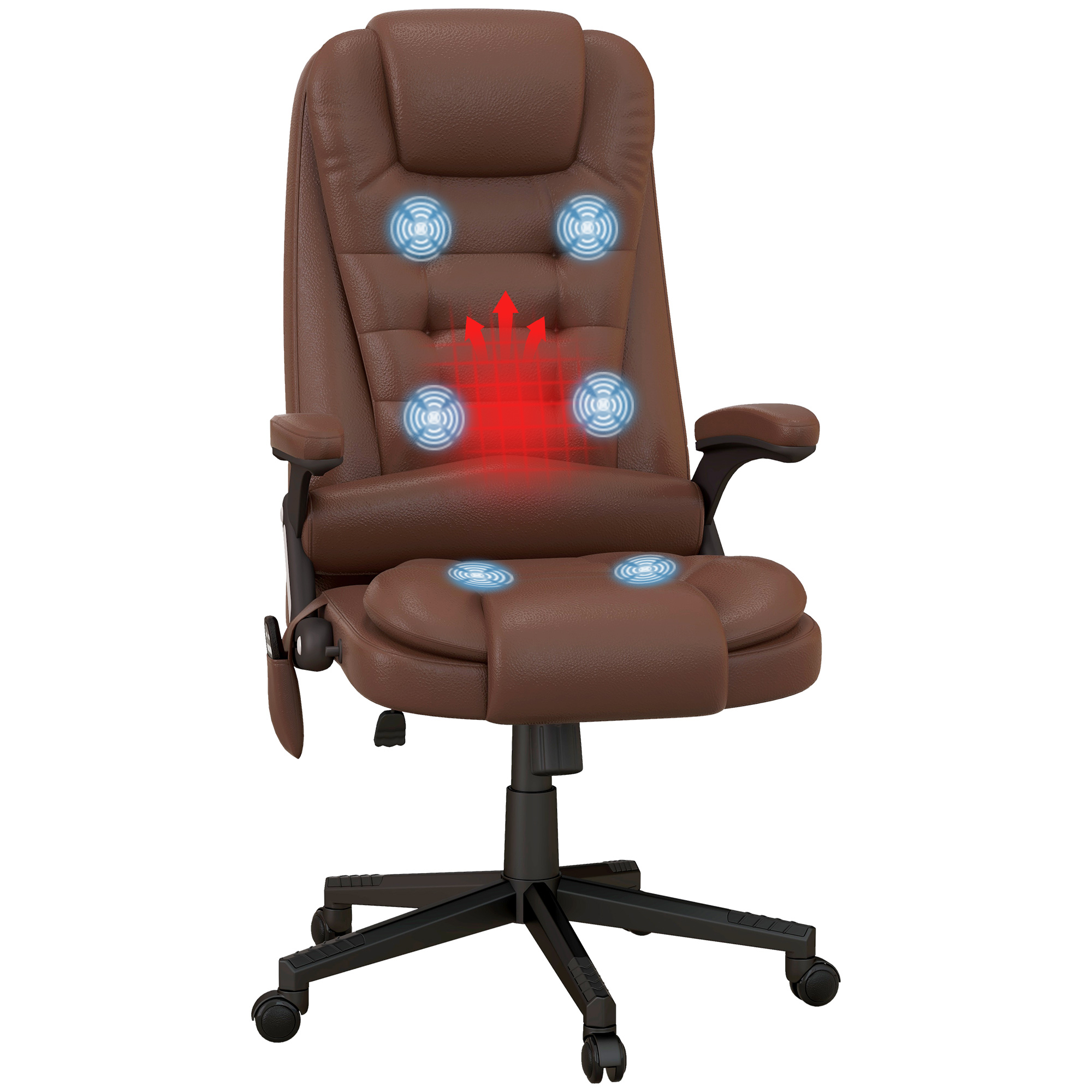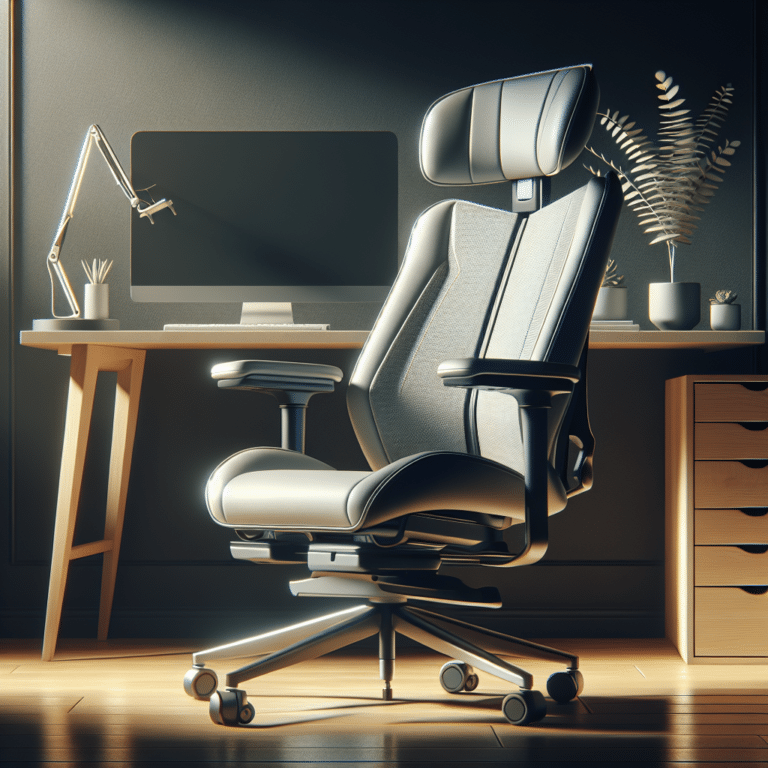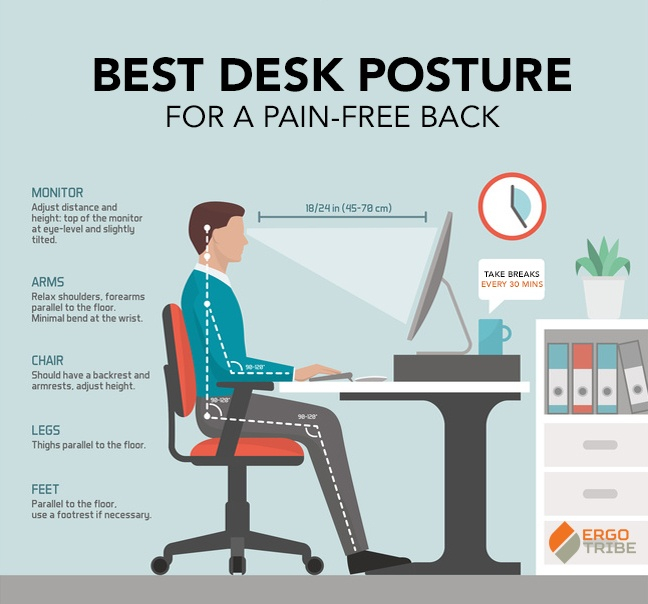Ever find yourself slouching by mid-afternoon, or maybe that nagging ache in your neck won’t quit? You’re not alone. So many of us spend a huge chunk of our lives at a desk, and if that space isn’t set up right, it can really take a toll. But what if I told you that a few smart adjustments could make a world of difference? That’s where ergonomics comes in. It’s all about designing your workspace to fit you, not the other way around. Let’s dive into what makes an ergonomic workspace truly work its magic.
At its heart, ergonomics is the science of designing things – equipment, systems, and even tasks – to fit the people who use them. Think of it as making your environment work for you, reducing strain and enhancing efficiency. When we talk about a workspace, we’re talking about your desk, your chair, your monitor, your keyboard, your mouse, and how they all interact with your body. Getting this right isn’t just about avoiding discomfort; it’s about supporting your long-term health and boosting how much you can get done. It’s about creating a harmonious relationship between you and your work setup. Ready to transform your daily grind?
It’s not just a buzzword; it’s a practical approach to making your work life better. So, what are the key ingredients for an ergonomic haven?
The Foundation: Your Ergonomic Chair
This is probably the most crucial piece of the puzzle. An ideal ergonomic chair supports your body’s natural curves and allows for adjustability. Look for:
- Adjustable Height: Your feet should rest flat on the floor, with your thighs roughly parallel to the ground. This ensures good circulation and reduces pressure on your legs.
- Lumbar Support: A well-designed chair will have a curve that supports the natural inward curve of your lower back. If your chair lacks this, a small cushion or rolled towel can do wonders.
- Armrests: These should be adjustable so your shoulders can remain relaxed, and your forearms can rest comfortably, parallel to the floor when typing. They shouldn’t force you to hunch.
- Seat Depth: There should be a few fingers’ width between the back of your knees and the edge of the seat. This prevents pressure on the back of your thighs.
- Swivel and Wheels: These allow for easy movement and reaching without straining your body. Imagine being able to spin around to grab a file without twisting awkwardly. That’s the goal.
Desk Height and Setup: Finding Your Sweet Spot
Your desk’s height is intimately connected to your chair. The goal is to have your elbows at about a 90-degree angle when your hands are resting on your keyboard. If your desk is too high and not adjustable, you might need to raise your chair and use a footrest. Conversely, if it’s too low, you might need to elevate the desk itself. Consider:
- Clearance: Ensure there’s enough space under your desk for your legs and feet to move freely. No one wants to feel cramped.
- Surface Area: You need enough room to arrange your essential items within easy reach, minimizing unnecessary stretching or twisting. Keep frequently used items close by.
- Keyboard Tray: For some, a separate keyboard tray can be a game-changer, allowing for more precise positioning of the keyboard and mouse, independent of the main desk surface.
Monitor Placement: Eye Level is Key
Your monitor placement is super important for preventing neck and eye strain. The top of your screen should be at or slightly below eye level. Why? Because when you look down, you’re putting extra pressure on your neck. If you’re using a laptop, this is where a laptop stand and an external keyboard and mouse become essential. You want to avoid that hunching posture that laptops often encourage.
- Distance: Position your monitor about an arm’s length away. You shouldn’t have to lean forward to see it clearly.
- Angle: Tilt the monitor slightly upwards so you’re looking at the center of the screen comfortably. Glare is also a big no-no. Try to position your monitor so that windows or bright lights aren’t directly in front or behind it. Maybe position it perpendicular to windows. This reduces reflections and makes it easier on your eyes.
Keyboard and Mouse: Natural Hand Position
These input devices are our direct connection to the digital world, so how we use them matters a ton. The aim is to keep your wrists straight and your hands in a neutral position. This means avoiding bending your wrists up, down, or to the sides.
- Keyboard: Place it directly in front of you, centered with your body. Your wrists should be straight and your forearms parallel to the floor. Some people find split keyboards or those with a slight negative tilt helpful.
- Mouse: Keep it close to your keyboard on the same level. Your elbow should remain close to your body, and your wrist should be straight. Consider an ergonomic mouse that fits the contour of your hand, reducing the need for excessive gripping or awkward wrist movements. Sometimes, switching hands can also help distribute the load.
Lighting and Accessories: The Supporting Cast
Beyond the big players like chairs and monitors, other elements contribute significantly to an ergonomic setup. Good lighting is vital for reducing eye strain. Natural light is ideal, but if you’re working indoors, ensure you have adequate task lighting. Avoid harsh overhead lights that can cause glare. Also, consider:
- Document Holders: If you frequently refer to physical documents, a document holder placed at eye level can prevent constant neck bending.
- Footrests: If your feet don’t comfortably reach the floor even with your chair at the lowest setting, a footrest can provide crucial support and improve posture.
- Headsets: For those who spend a lot of time on the phone, a headset frees up your hands and prevents cradling the phone between your ear and shoulder, a common cause of neck pain.
Movement and Breaks: The Unsung Heroes
Even the most perfectly set-up ergonomic workstation can’t prevent problems if you stay in one position all day. Regular movement is just as critical as the equipment itself. Our bodies aren’t meant to be static. Plan for short breaks every 30-60 minutes. Stand up, stretch, walk around, and give your eyes a rest by looking at something in the distance. Even small movements, like shifting your weight or doing a few shoulder rolls, can make a difference. Consider the Pomodoro Technique, or simply set a timer. It’s about breaking up prolonged static postures and encouraging blood flow. It’s a simple yet profound aspect of well-being at work.
Creating an ergonomic workspace is an investment in your health, comfort, and overall productivity. It’s about making conscious choices to support your body throughout the workday. By paying attention to your chair, desk, monitor, and input devices, and by remembering to move, you can significantly reduce discomfort and prevent long-term issues. Don’t wait for pain to be your motivator; proactively design your workspace for success and well-being. Your body will thank you for it, and you might just find yourself feeling more energized and focused than ever before. It’s a journey, and even small changes can lead to big improvements. Go ahead, give your workspace a healthy makeover.

